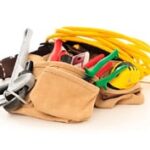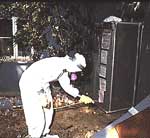Don’t let your DIY dreams turn into a nightmare. Learn about 10 home improvement projects that pose serious risks and how to stay safe.
DIY home improvement projects can save you money and be incredibly satisfying–but some projects aren’t worth the risk. Saving a few bucks by doing something yourself isn’t worth a trip to the hospital…or worse. According to the U.S. Consumer Product Safety Commission, over 180,000 DIY-related injuries were serious enough to require emergency room treatment in 2020.
It’s crucial to recognize the potential dangers when you take on certain kinds of projects. This article outlines 10 DIY projects that can have very serious or fatal consequences if not approached with due caution and expertise.
Prioritizing safety is always the smartest choice. If you don’t have the proper skills, knowledge, tools, and experience, consult a qualified professional.
10 DIY Projects That Can Turn Deadly:
Major Electrical Work
Danger: Electrical work tops the list of DIY hazards. Whether it’s fiddling inside an electrical panel, rewiring a room, or installing a new fixture, mistakes can lead to severe shocks, burns, or electrocution.
Safety Advice: Always turn off the main power at the breaker box before touching any electrical components. Test wires with a voltage tester to make sure they’re de-energized. If you’re unsure about anything, call a licensed electrician.
Working at Heights: Roofs, Ladders, & Scaffolding
Danger: Falls from roofs, ladders, or scaffolding are a leading cause of serious injuries and deaths from DIY projects.
Safety Advice: Use sturdy, well-maintained equipment. Wear a safety harness when working on roofs, and make sure ladders are placed on stable ground and at the correct angle. If the job involves significant height or complexity, consider hiring a roofing, siding, or gutters professional. See Ladders: The Ultimate Guide to Choice and Safe Use.
Removing Asbestos
- Danger: Asbestos fibers, once disturbed, can become airborne and inhaled. This can lead to serious lung diseases years later, including mesothelioma and lung cancer.
- Safety Advice: Never attempt to remove asbestos yourself. Hire a licensed asbestos abatement professional who has the proper equipment and training to handle this hazardous material safely.
Demolition Projects
- Danger: Demolition can be unpredictable. Risks include falling debris, structural collapse, and exposure to hazardous materials like lead paint or asbestos.
- Safety Advice: Wear protective gear, including gloves, eye protection, and a respirator. Start small and be aware of potential hazards when taking things apart—like load-bearing walls that could cause the house to collapse or hidden plumbing/wiring. If the project is extensive, consider hiring a professional demolition crew.
Major Tree Work or Removal
- Danger: Falling trees and branches can be deadly, as can climbing a tree without the proper safety gear. Using a chainsaw improperly adds another layer of risk.
- Safety Advice: Large trees, especially those near structures or power lines, should only be cut or trimmed by professional tree services. For cutting down or pruning smaller trees, follow proper felling techniques, wear protective gear, and be mindful of your surroundings.
Gas Line Repairs and Appliance Installations
- Danger: Gas leaks can lead to explosions, fires, or toxic gasses, all of which can be fatal.
- Safety Tip: Unless you have the necessary knowledge and tools, don’t do your own gas line repairs or appliance installations. Always hire a licensed gas-piping professional to handle gas-related work.
Working with Combustion Appliances
- Danger: Gas or oil furnaces, gas water heaters, and other combustion appliances produce carbon monoxide, a colorless, odorless gas that can be deadly if not properly vented.
- Safety Advice: Ensure proper ventilation and have carbon monoxide detectors installed throughout your home. Have these appliances inspected and serviced annually by a qualified HVAC technician.
Lead Paint Removal
- Danger: Lead dust from sanding or disturbing old paint can cause serious health problems, particularly in children.
- Safety Advice: If your home was built before 1978, it’s likely to have lead paint. Before doing any paint removal or renovation work, have the paint tested and–if it contains lead–hire a lead-safe certified contractor.
Improper Power Tool Use
- Danger: Power tools like table saws, circular saws, and nail guns can cause severe injuries, including lacerations, amputations, or even death, if misused.
- Safety Tip: Always wear safety glasses and gloves. Follow the manufacturer’s instructions carefully and never operate power tools when you’re tired or distracted.
Neglecting Smoke & Carbon Monoxide Detector Maintenance
• Danger: Though changing batteries in a smoke detector or replacing an outdated detector aren’t considered DIY projects, neglecting these simple tasks can have devastating consequences. Non-functioning smoke and carbon monoxide detectors cannot alert your family to the risk of injury or death in a fire or carbon monoxide leak.
• Safety Tip: Make a habit of replacing batteries at least twice a year (daylight savings time changes are a good reminder). Test your detectors monthly and replace them entirely every 10 years. This is a small investment of time for a potentially life-saving benefit.
More: See How to Choose Smoke Alarms and Carbon Monoxide Detectors
Conclusion
Before starting any DIY project, thoroughly research the task, understand the risks involved, and gather the necessary tools and safety equipment. Don’t overestimate your abilities. Tackling projects beyond your skill level can lead to mistakes with disastrous consequences. If you’re unsure, don’t hesitate to consult a qualified professional. Also: Take your time and avoid shortcuts. Rushing can lead to accidents.
By taking the necessary precautions and prioritizing safety, you can enjoy the rewards of DIY while minimizing the risks.



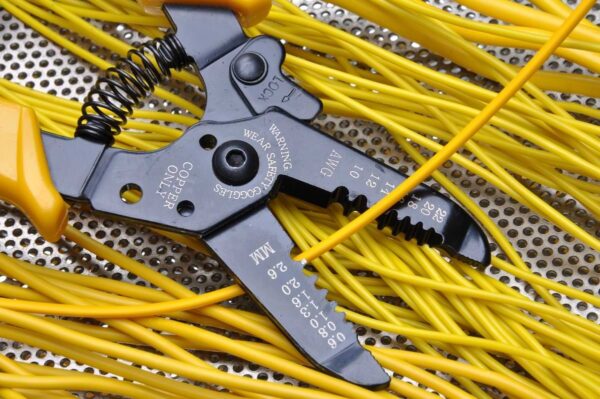
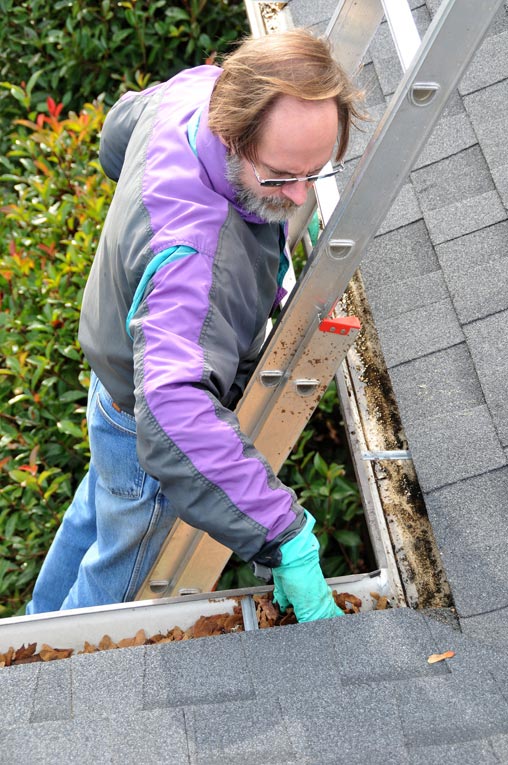
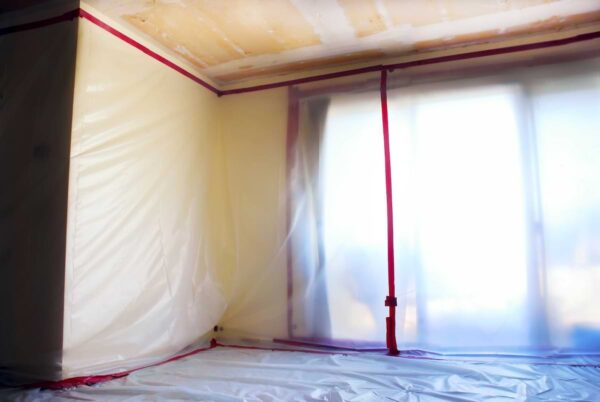
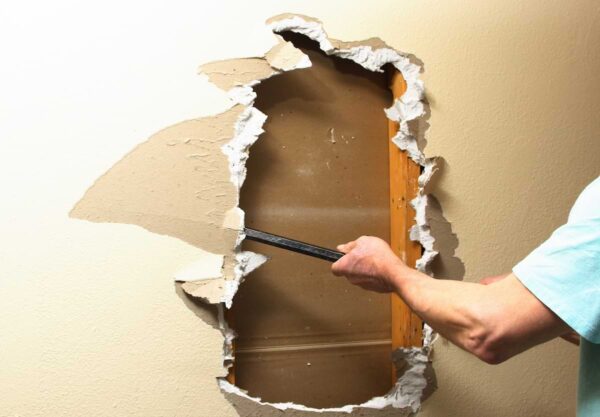
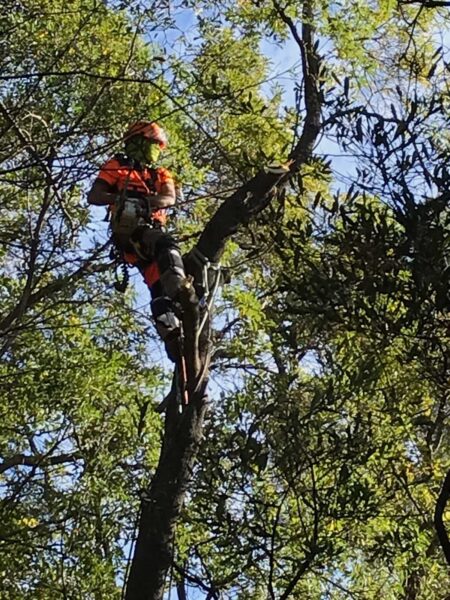
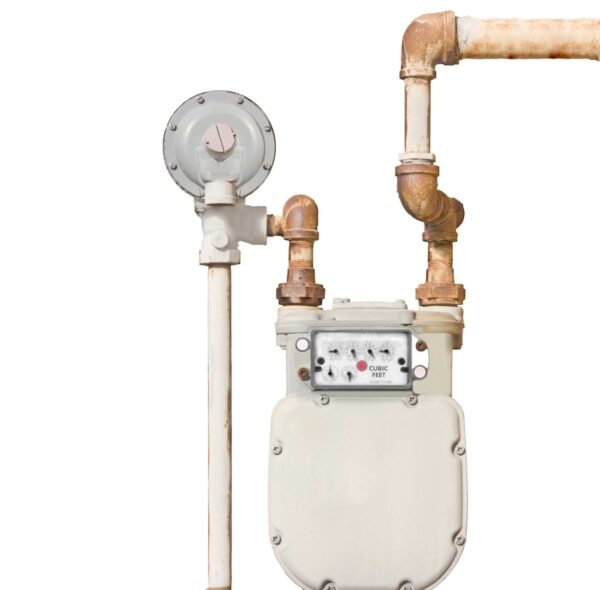
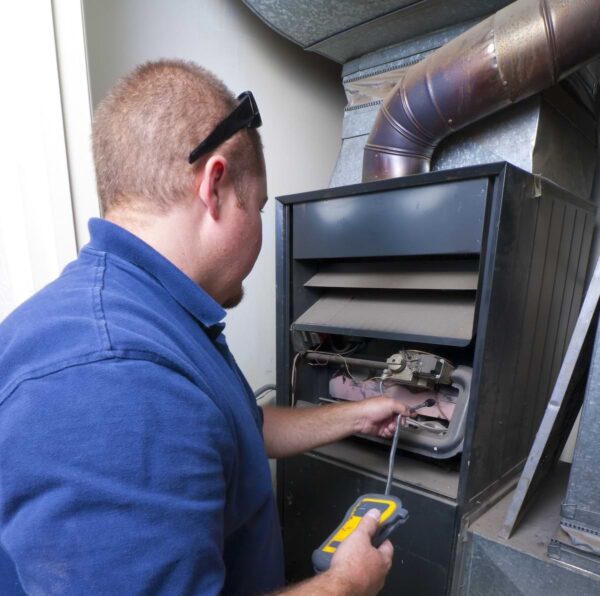
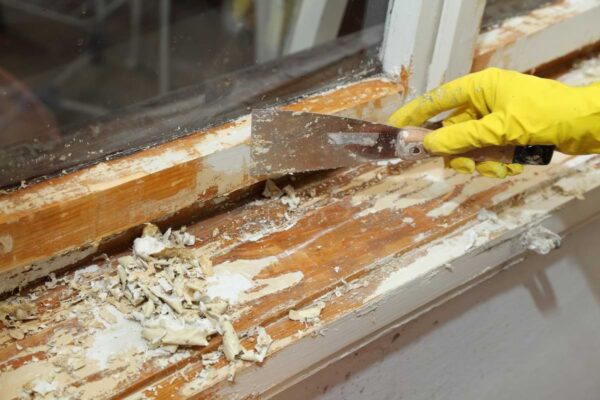
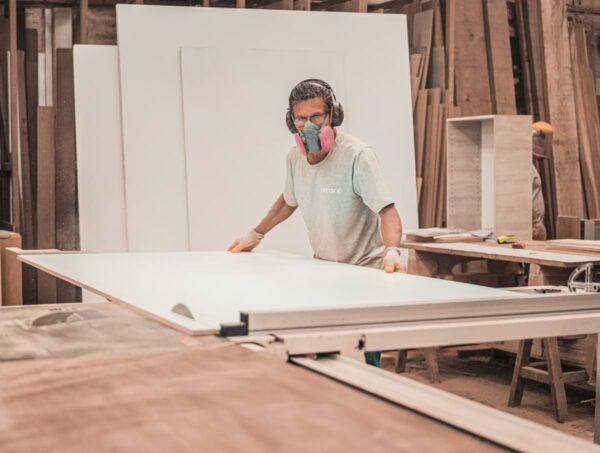
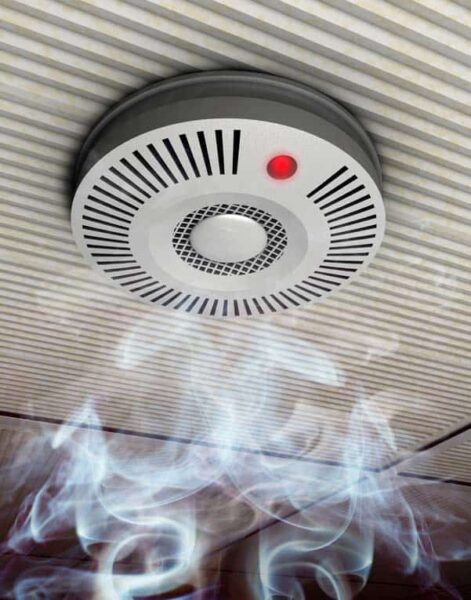


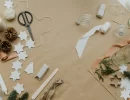
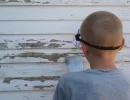
 Don Vandervort writes or edits every article at HomeTips. Don has:
Don Vandervort writes or edits every article at HomeTips. Don has:
